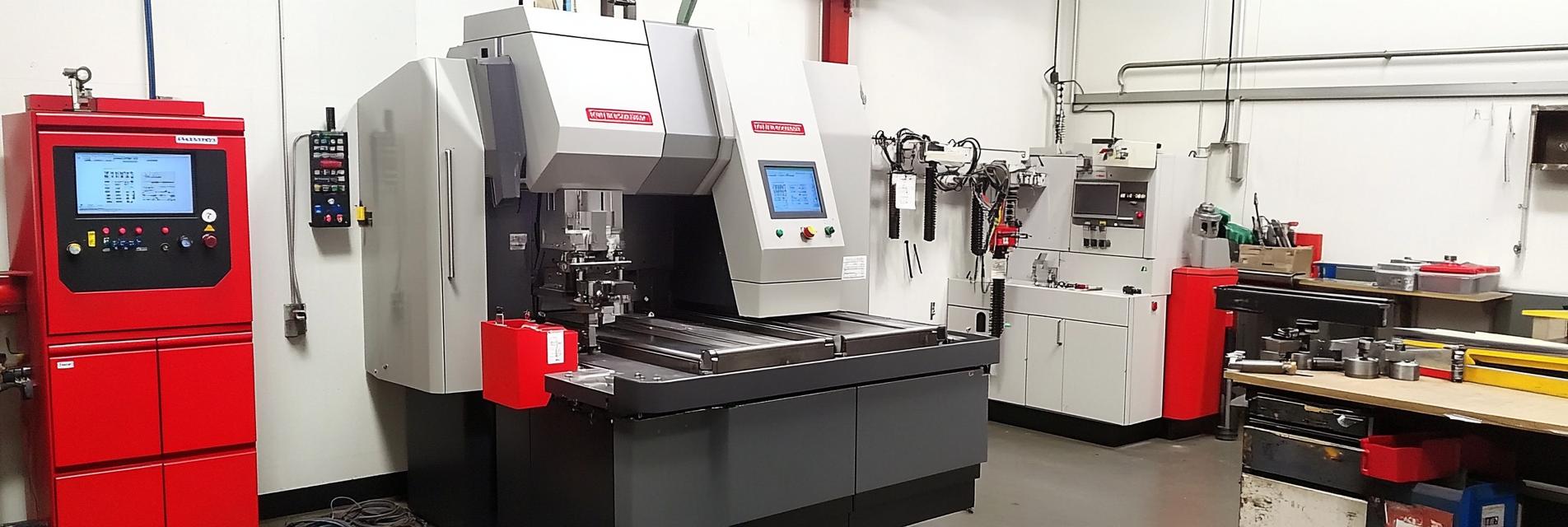To begin with, it's essential to clarify your objectives and what you aim to achieve with a high-precision milling machine. Understanding user needs and search intent is crucial. By analyzing your target audience, you can tailor your choices effectively.
The next step involves recognizing the critical features required in a milling machine. This includes aspects such as precision, speed, and versatility. Researching long-tail keywords related to your specifications can help you in this regard, ensuring that you focus on machines that meet your criteria.
Quality and performance are paramount when selecting a milling machine. You should explore comprehensive reviews, industry reports, and case studies. By including reliable data, you can enhance the credibility of your findings and ensure thorough coverage of potential options.

Before finalizing your selection, it’s vital to compare various models. Utilize the insights gathered to evaluate each machine's operational efficiency, ease of maintenance, and overall cost-effectiveness.
Finally, don't hesitate to consult with industry experts. Their experience can provide invaluable perspectives on the best practices for selecting a high-precision milling machine. Engaging with the community not only enhances your knowledge but also fosters a supportive network where insights can be shared.
